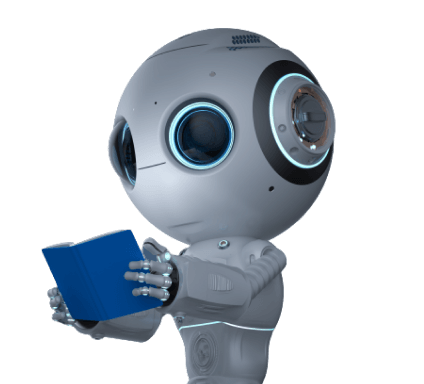Results for ""
In a lighthearted Frankenstein-eq fashion, Naomi Fitter, an assistant professor at Oregon State University, has created Jon the Robot, who is a comedian-in-making.
The small Android starts performing when a handler, who also needs to hold the mike, presses a button. They perform the same jokes, in the same order, until there's laughter.
Jon is constantly learning how to respond to human reaction by studying his audience. It delivers his jokes as per how well and long are the audience laughs. It also changes its response based on the level of noise in the room. It can deliver one line if a joke gets a roar of laughter (“Please tell the booking agents how funny that joke was”) and another if there are crickets (“Sorry about that. I think I got caught in a loop. Please tell the booking agents that you like me … that you like me … that you like me”).
While it doesn't seem to be a lot, an Artificial Intelligence (AI) that actually understands human laughter and creates funny material is an exciting prospect for many AI researchers. While AI has been scaling heights in healthcare, gaming and logistics, human linguistics, especially humour, is still uncharted territory.
By cracking a joke, a robot indicates that it knows a person’s humor is to know what they like, how they think and how they see the world. To understand human humour, AI needs to consume and process vast amount of data since humans have vast libraries of cultural references and linguistic nuances to draw upon when hearing or telling a joke.
In a 2019 study, researchers recruited pairs of people already familiar with each other - partners, friends, family members. The researchers shared a list of jokes with the participants and guessed which ones their partners would enjoy, based on a limited sample of the person’s responses to other jokes. On the other side, computers were doing the same and the machines predicted people’s favorite jokes more accurately, several times, than their friends or partners did!
Currently, Jon can flirt text that involves cryptic texts, encrypted text, and the eggplant emoji. However, a human has written a programme. But 'teaching' an algorithm to be funny can help machines create better relationships with us.






